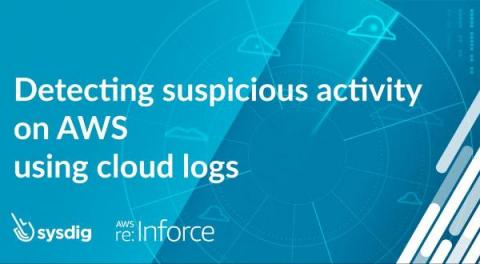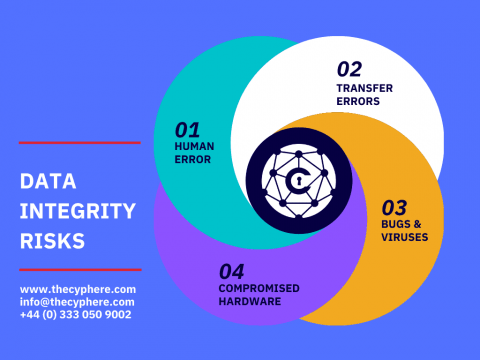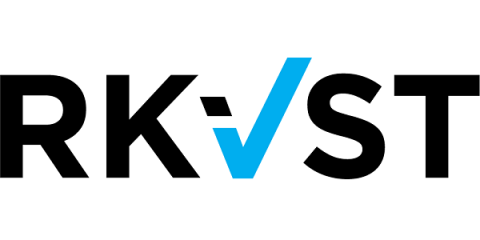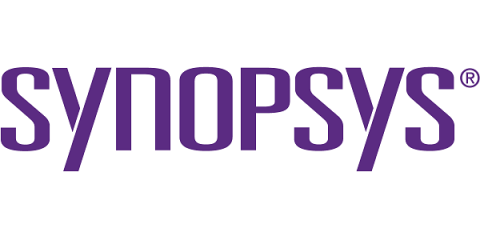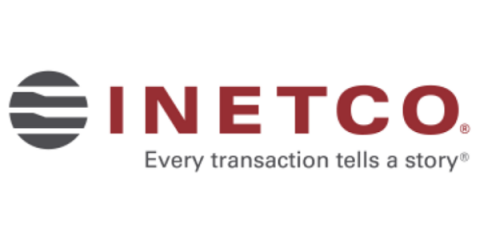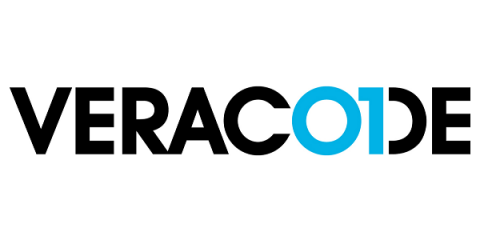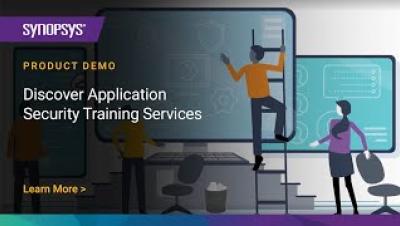Top Threats You Need to Know to Defend Your Cloud Environment
The CrowdStrike eBook, “Protectors of the Cloud: Combating the Rise in Threats to Cloud Environments,” reveals how adversaries target and infiltrate cloud environments and recommends best practices for defense. As organizations move critical applications and data to the cloud, these resources have come under increasing attack.



